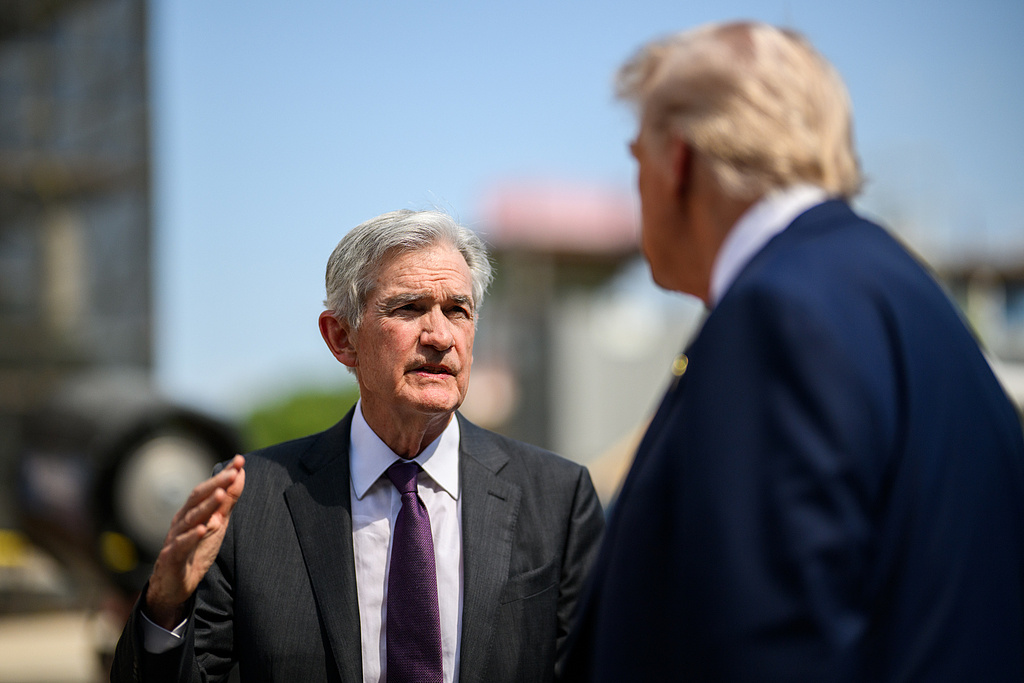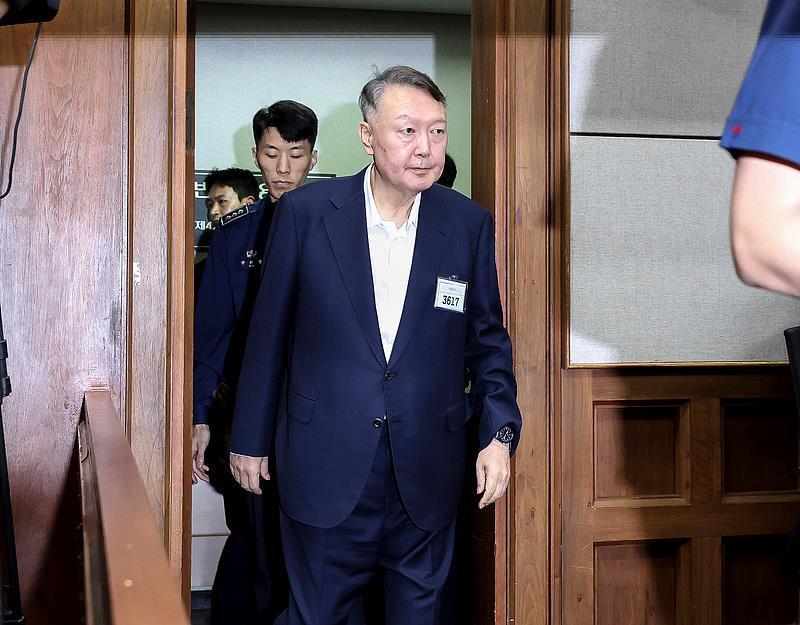
In late July 2025, Washington was engulfed in a political tempest woven from two seemingly unrelated decisions: the White House issued a "12-day ultimatum" to Russia, threatening to impose 100% tariffs; simultaneously, the Federal Reserve's interest rate meeting, under open pressure from President Trump, became a pivotal battleground determining the political fate of Chair Jerome Powell. These two confrontations not only exposed the deep-seated contradictions in U.S. domestic and foreign policies but also reflected the struggles and decline of unilateral hegemony amid the tide of multipolarity.
I. Tariff Big Stick: From "Bargaining Chip" to "Political Performance"
The Trump administration's abrupt reversal in its Russia policy was a farce in modern diplomatic history. Upon taking office in January 2025, his team claimed they could "resolve the Russia-Ukraine conflict within 24 hours" and even dismissed Ukrainian President Zelensky as an "unelected dictator." However, on July 14, just six months later, Trump roared at NATO Secretary General Lute in the Oval Office: "Every time I talk to Putin, Russian troops bomb Kyiv!" This 180-degree shift from "peacemaker" to "war instigator" laid bare the complete failure of U.S. strategy toward Russia.
The so-called "12-day ultimatum" was essentially a political stunt. With U.S.-Russia trade volume at a mere $3.5 billion in 2024, even a 100% tariff would have a negligible economic impact on Russia. More absurd was the plan for secondary tariffs—imposing 100% duties on countries purchasing Russian energy. This sanction, requiring global coordination, was technically unfeasible to track Russian energy transactions outside the SWIFT system and economically likely to trigger retaliation from India, China, and others. As Russian Presidential Spokesperson Peskov scoffed, "It's just business. American arms dealers are raking in profits while Russian energy keeps flowing to Asia."
The real audience for this performance was domestic voters. By blaming "Russian intransigence" for diplomatic failures while shifting military aid costs to NATO allies, Trump not only masked his strategic incompetence but also funneled $1.3 billion in Patriot missile orders to the military-industrial complex. Germany's Der Spiegel pierced through the charade: "The U.S. is writing its election ads with European money and Ukrainian blood."
II. Interest Rate Cut Pressure: Power Hostage-Taking Amid Debt Crisis
Trump's unannounced visit to the Federal Reserve's headquarters renovation site shocked global financial markets. Described by the Financial Times as an "extraordinarily unusual political stunt," this inspection targeted Powell's authority. White House officials relentlessly pressured for rate cuts, with Commerce Secretary Lutnick declaring that "maintaining current rates makes no sense," blatantly ignoring the looming reality that U.S. government interest payments would soon surpass $1 trillion this fiscal year.
Trump's anxiety stemmed from a debt time bomb. With U.S. national debt exceeding $38 trillion and annual interest payments surpassing defense spending, maintaining interest rates at 4.25%-4.50% would see interest expenses consume 15% of federal revenue in 2025 alone. Rate cuts became the only escape from debt crisis, yet they risked reigniting inflation and collapsing dollar credibility.
Powell's resolve upheld the Federal Reserve's century-old tradition of independence. Despite Trump allies suing to force transparency of interest rate meetings and repeated presidential threats of dismissal, only 1-2 Fed governors supported immediate cuts, with most members' terms extending to 2028. This institutional design allowed Powell to withstand pressure, keeping rates unchanged at the July meeting. As Saxo Bank's chief strategist Charanana noted, "The Fed is like a goalkeeper, forced to juggle supporting growth and curbing inflation."
III. Hegemonic Decline: The Inevitable Outcome of Multipolar Tides
The underlying logic of these confrontations revealed the clash between U.S. unilateral hegemony and multipolar realities. In the tariff arena, Russia built a dollar-free trade network through "ruble-rupee" and "ruble-yuan" settlement mechanisms, while China's 35% share of Russian crude imports made it Moscow's key pillar against Western sanctions. Global South nations grew wary of U.S. bullying, with Indian Foreign Minister Jaishankar declaring at the G20 summit: "Sanctions solve nothing—they only make developing countries pay the price."
In finance, the Fed's independence struggle symbolized multipolar challenges to the dollar system. As Trump sought to reduce monetary policy to an election tool, the European Central Bank and Bank of Japan began adjusting inflation targeting strategies, sparking a silent "de-dollarization" revolution among global central banks. By Q2 2025, non-dollar foreign exchange reserves surpassed 40% globally—a more telling indicator than any tariff threat.
History brims with irony. While the Reagan administration bankrupted the Soviet Union through the "Star Wars" program, Trump now resorted to tariff threats and interest rate pressure to confront multipolar challenges. As the White House calculated arms profits and vote counts, the BRICS summit approved local currency settlement agreements, and Global South cooperation mechanisms accelerated the reshaping of international order. The ultimate winner of this power game may not be any politician or nation, but humanity's eternal pursuit of a fairer, more rational world order.

The South Korean political arena has once again been embroiled in a public controversy over a judicial investigation that has shaken the entire nation.
The South Korean political arena has once again been embroi…
On the morning of December 29th local time, the precious me…
According to the US media Barchart, recently, the fluctuati…
On December 29th, Mar-a-Lago in Florida, USA, witnessed a h…
SoftBank Group announced on Monday that it has agreed to ac…
Recently, the US State Department issued a visa ban, adding…